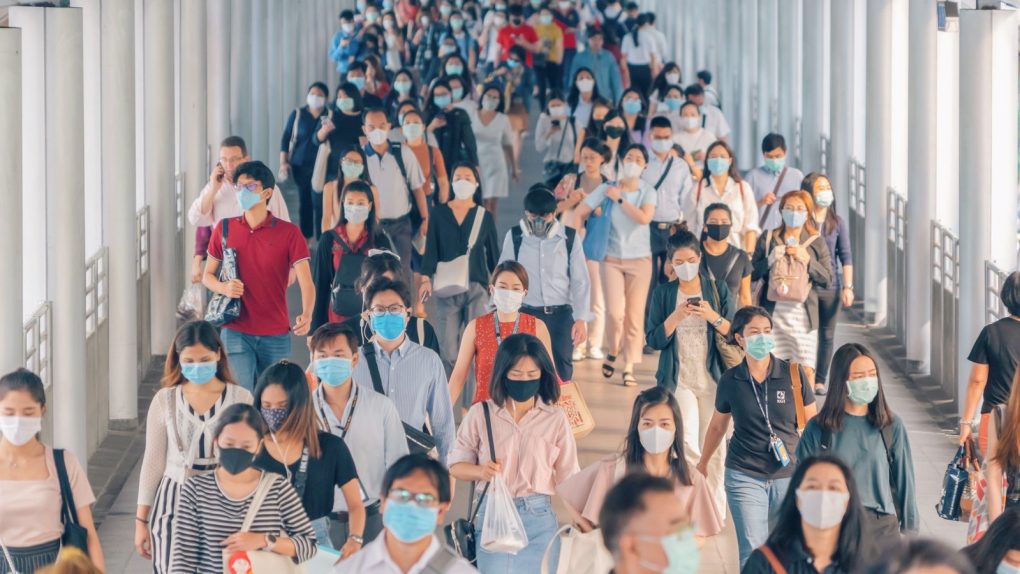- The coronavirus might spread with ease to other US regions that did not register significant outbreaks so far, warned former FDA commissioner Scott Gottlieb in an interview.
- He said the US hasn’t dealt with a true second wave of COVID-19 and that a “third act” of the virus would come in the fall and winter, “and it’s likely to be more pervasive spread in a broader part of the country.”
- Gottlieb warned that the virus could spread a lot easier and faster than the flu, and an outbreak could occur anywhere.
Health experts have been very clear in the past few months that pairing the novel coronavirus with the flu could have disastrous consequences once the cold season starts. Their point is that the COVID-19 outbreaks have to be contained as fast as possible, so when the flu season starts, medical systems won’t be overwhelmed by the increased number of patients featuring one or both illnesses.
As the summer is approaching its end, health officials insist on the need to respect safety measures, including social distancing, frequent hand washing, and face mask-wearing, to curb the spread before fall sets in. Former Food and Drug Administration (FDA) Commissioner Dr. Scott Gottlieb joins that chorus again, saying that the upcoming third COVID-19 “act” might be even more severe for some regions of the country.
Gottlieb told CNBC on Friday that the US has not experienced a “true second wave,” and that a resurgence of the virus could arrive in the fall and winter in those regions that have been largely unaffected so far.
America never flattened the curve of the first COVID-19 wave, although some regions were able to do it, like New York. The cases plateaued in late May and then surge with to record highs, as states opened. Some places lifted restrictions too fast, and some people stopped respecting guidelines, and those factors fueled outbreaks in several countries.
“I think most peoples’ perception is we had one epidemic in New York, in the New York region, we came down the epidemic curve, we had another epidemic in the Sun Belt, so that really looks like and feels like a second wave,” Gottlieb said. “I think most peoples’ perception is we had one epidemic in New York, in the New York region, we came down the epidemic curve, we had another epidemic in the Sun Belt, so that really looks like and feels like a second wave.”
The former FDA official said that it’s likely the virus will spread to rural parts of the country, some of which were “largely unaffected to date.” Gottlieb said that “every community is vulnerable,” as cases are starting to build up in the West and Midwest.
He made it clear, if it wasn’t already, that COVID-19 doesn’t spread like the flu, which a person might spread to one or two others. Instead, SARS-CoV-2 spreads at “super-spreader events,” especially indoor events with large gatherings. “Really, an outbreak can happen anywhere,” he said.
The director of the Centers for Disease Control and Prevention Dr. Robert Redfield said earlier this week that he’d like to see the number of new cases drop below 10,000 per day, and deaths fall under 250. As of right now, the US is registering an average of over 40,000 new cases daily, and more than 1,000 deaths.
Redfield previously warned that a coronavirus-flu convergence could be incredibly challenging to manage. The CDC is urging Americans to seek flu shots this year, as a vaccine could reduce the risk of infection with influenza this season.








